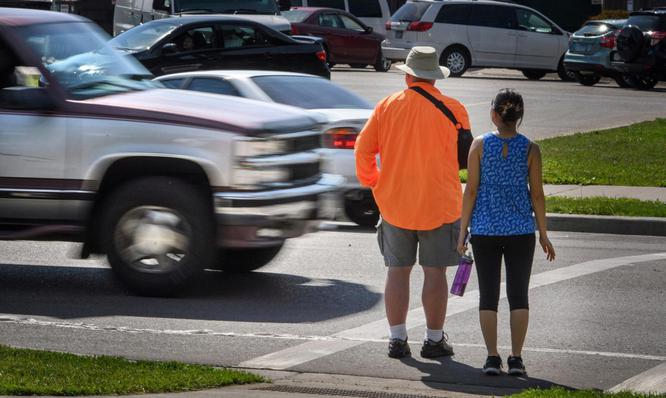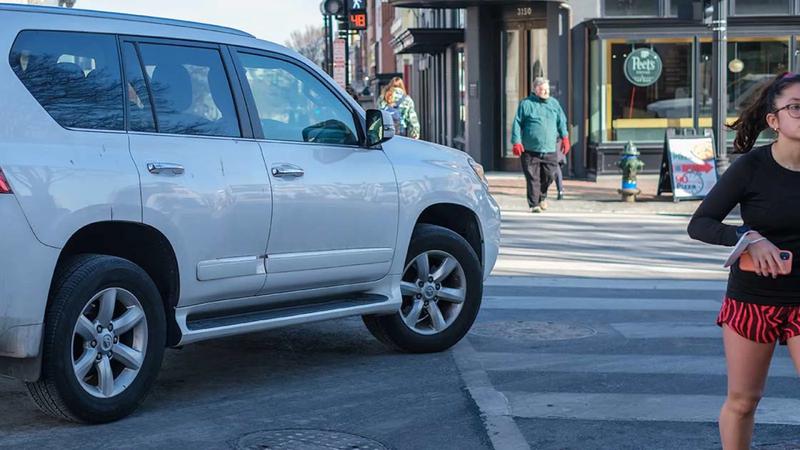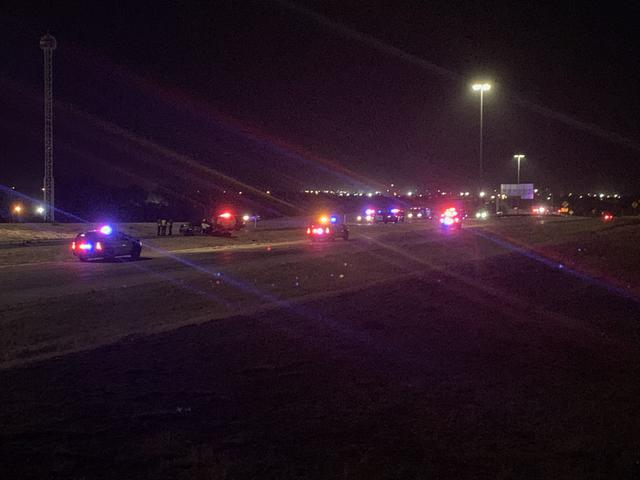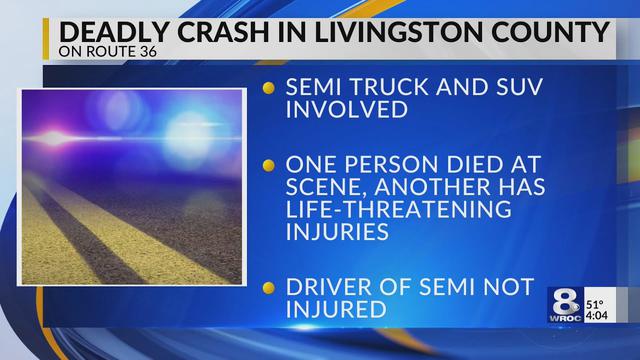Although more research is needed to determine why these crashes took place, IIHS senior transportation engineer Wen Hu says that the problem may partially lie with the design of larger vehicles, which could block drivers’ view of the road ahead. “It’s possible that the size, shape or location of the A-pillars that support the roof on either side of the windshield could make it harder for drivers of these larger vehicles to see crossing pedestrians when they are turning,” she wrote in a statement.

When the researchers examined crashes not involving turns, they found that pickups were also 51 percent more likely than cars to hit and kill a pedestrian walking or running along the road, and SUVs were 25 percent more likely.
Drivers may notice that modern vehicles’ A-pillars—the structure to the left and right of the windshield that supports the roof—are thicker than they were in the past, says Jennifer Stockburger, director of operations at Consumer Reports’ auto test center. The reason is largely because of modern roof crush standards, which require vehicles to withstand forces above and beyond times their own weight on the roof as a protection from their roofs intruding on occupants in a rollover type of crash. The IIHS hasn’t specifically analyzed the size of A-pillars, but said that doing so was a “possible next step” to determine if it’s a factor in crashes.




